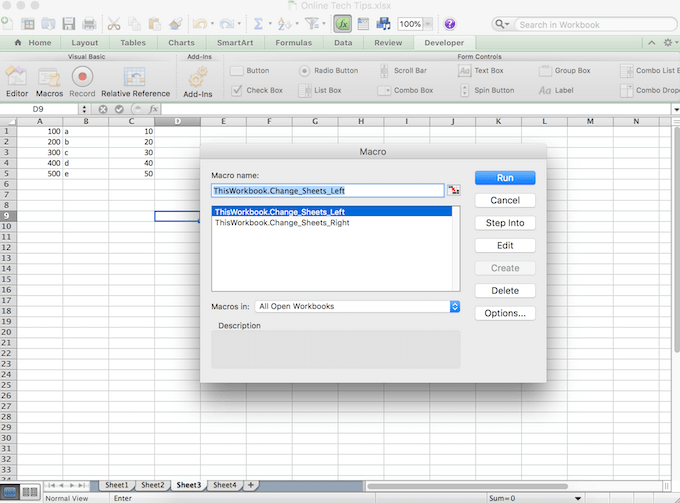
Users out of that sub-OU for a short period of time to let them run applications they normally wouldn't be able to and won't need to run long term. You can always ask an expert in the Excel Tech Community or get support in the Answers community.Here's my scenario: we currently have OUs based on the locations of our facilities, we also have a sub-OU(?) underneath it for users that need a group policy applied to them where whitelist applications allowed to run. You can replay the code, and it will simply ignore any steps it couldn't record. When this happens you'll see a note in the Record Actions pane. Unsupported features - We're constantly working to add support for more features, but at this time not everything is supported.
THE OFFICE SCRIPT MOVING ON CODE
At this point, the Code Editor will display an error message.Ĭlicking the View Logs button will display a brief error explanation at the bottom of the Code Editor pane. For instance, in the earlier example, where we formatted some sample data as a table, our code would fail if we tried to run it on the updated table, because Excel doesn't allow tables to overlap each other. The more smoothly you record a sequence, the more efficiently it will run when you play it back.Ĭertain actions may be fine the first time you record your script, but fail when you try to play them back. This is why whenever you record something, it's best to record a process with which you're highly familiar.

The resolution is to re-record the entire sequence, or modify the TypeScript code itself. So if you make a mistake in your sequence, for example, clicking a button that you did not intend to click, the Script Recorder will record it. It's important to know that you when you record an Office Script, the Script Recorder captures almost every supported action that you take. Other options - If you click the ellipsis (.) on the right-hand side of the Code Editor pane, you'll see the contextual menu. Note: This topic doesn't discuss editing or writing your own TypeScript code, but you can review our Office Scripts technical documentation. Click the Run button to start the script. You'll see a brief notification that the script is running, which will disappear when the script is complete. If the gallery of Office Scripts isn't already displayed, you can show it from Automate > Scripting Tools.Ĭlick the script you want to run. To give your script a new name, click on the three dots and select Rename from the pop up menu. However, you'll want to give your scripts meaningful names otherwise, you'll have to dig through each of them to find the one you want. Once you've pressed the Stop button, the Code Editor pane will display with your new script selected.īy default, Excel will name your scripts "Script 1", "Script 2", and so on.


When you're done with all your steps, you can press the Stop button. Here you'll see a short description of the actions you're taking listed in order. When you start recording a new Office Script, you'll see a Record Actions task pane open on the right. For this example, we're taking a simple data range, converting it to an Excel table, adding a total column and total row, and finishing by formatting our values as currency. To create a new Office Script, press the Record Actions button, then start taking the steps you want to automate. This will expose your two primary options in the Scripting Tools group: Record Actions and New Script.

This feature is not yet available in Microsoft 365 for US Government and customers with data residency in one of the new local datacenter geos.įirst, select the Automate tab on the ribbon.
THE OFFICE SCRIPT MOVING ON LICENSE
Note: Once you’ve toggled on the correct setting in the admin center, end users with the appropriate license will be able to access the feature.


 0 kommentar(er)
0 kommentar(er)
